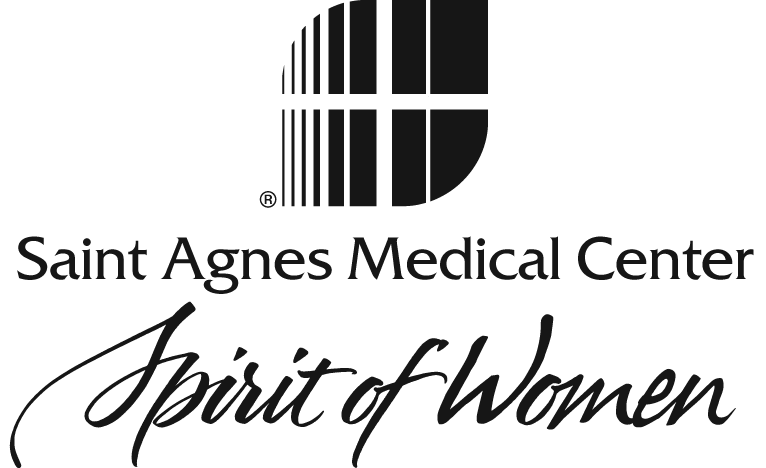Pain, Pain Go Away: Living With Chronic Pain
If you’re one of the millions of adults who lives with chronic pain (pain that lasts more than 12 weeks), you know some days can be a challenge. And, the older you are, the more likely you are to develop conditions that cause pain, such as arthritis.
Acute pain (pain that comes on suddenly and is usually severe) is actually your friend—it lets you know something is wrong (for example, you have an injury). Chronic pain, however, persists, sometimes for years. How individuals experience pain varies widely. For some, it can feel like a dull ache; for others, a burning or throbbing sensation. Regardless of how you describe it, chronic pain is debilitating and can interfere in daily activities. It also causes other functional and psychological symptoms, such as fatigue, trouble sleeping and mood changes.
While treating the underlying problem often alleviates chronic pain, for many people, there is no identifiable medical diagnosis. So, the best approach to managing chronic pain usually involves a multipronged approach.
Move. We know: You hurt. You don’t want to move. However, physical activity helps in several ways. Exercise builds strong muscles and bones. If you have joint pain, for example, building up muscles around the joint helps restore movement and lessens pain. In fact, the National Institute for Health and Care Excellence says exercise should be a core treatment for osteoarthritis, one of the main causes of chronic pain in older adults, regardless of age, coexisting conditions, pain severity and disability. Exercise also releases endorphins—feel-good hormones—so you can better cope with pain. Finally, being active prevents obesity. Evidence shows a strong relationship between obesity and pain, and being obese can exacerbate functional and psychological complications of chronic pain. Talk to your doctor about what exercises are safe for you.
Try physical or occupational therapy. Physical therapy treats pain through movement, such as strengthening and range-of-motion exercises, and occupational therapy gives you skills and strategies to manage pain. For example, you may learn alternative ways to perform daily activities that cause or worsen pain.
Relax. Meditation and other relaxation techniques help you better manage stress (being in pain is definitely stressful!) and reduce tension that can aggravate pain. In fact, relaxation can actually change chemicals in your brain that produce pain.
Stay engaged. Spending time with family and friends, and engaging in activities that bring you pleasure, help take your mind off pain and remind you of the positive aspects of life.
Explore complementary health modalities. Medical literature provides some support that complementary approaches, such as acupuncture, massage and yoga, may be helpful in alleviating lower back and arthritis-related pain, and relaxation training and biofeedback may reduce pain associated with migraines and other chronic headaches.
Stop smoking. It’s bad for your health, and nicotine can make some pain medications less effective. Furthermore, smokers tend to have more pain than nonsmokers do.
Practice good self-care. Eat a healthy diet that includes plenty of fresh fruits, vegetables and whole grains, and limit sugar, saturated fats and alcohol. Maintain a healthy weight, and get plenty of sleep.
COMMON CAUSES OF CHRONIC PAIN
- Migraines and Other Types of Headaches
- Fibromyalgia
- Nerve Damage
- Surgery
- Lower Back Pain
- Migraines and Other Types of Headaches
- Arthritis (osteoarthritis is one of the most common causes of chronic pain in older adults)
- Cancer (cancer itself and some types of treatment can cause pain)
- 2% of adults report having daily pain
ACTION ITEMS
If the strategies listed here aren’t enough, seek medical help. Your healthcare provider may recommend medical treatments, such as surgery or medications.
© 2018 Relevate Health Group Inc. All rights reserved.
